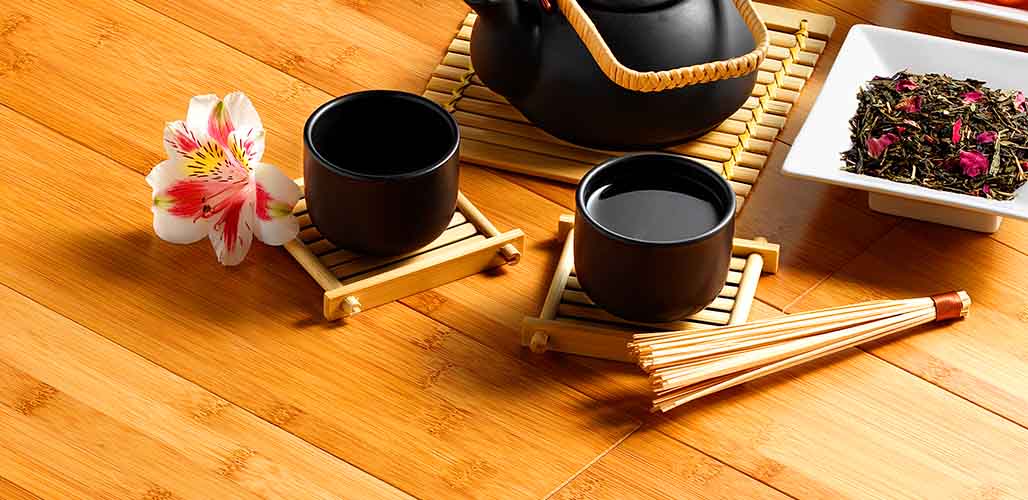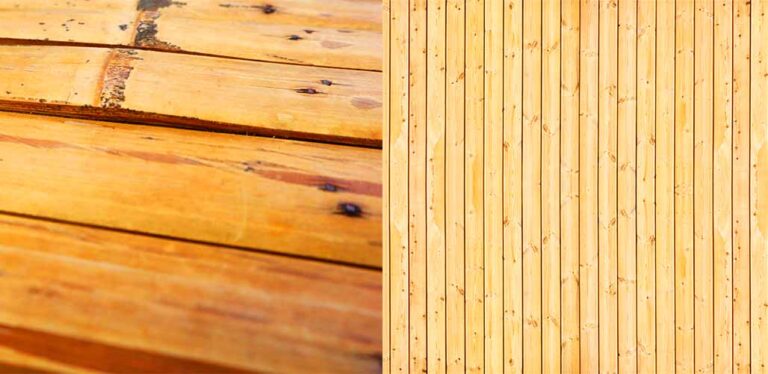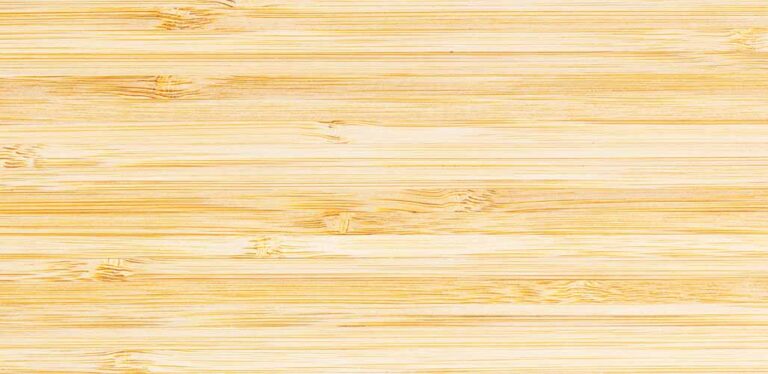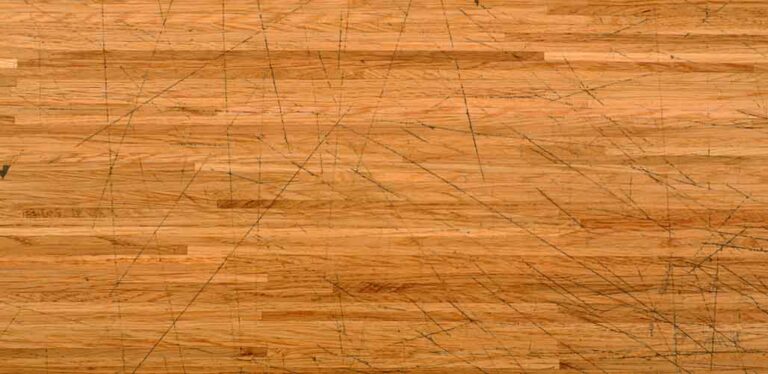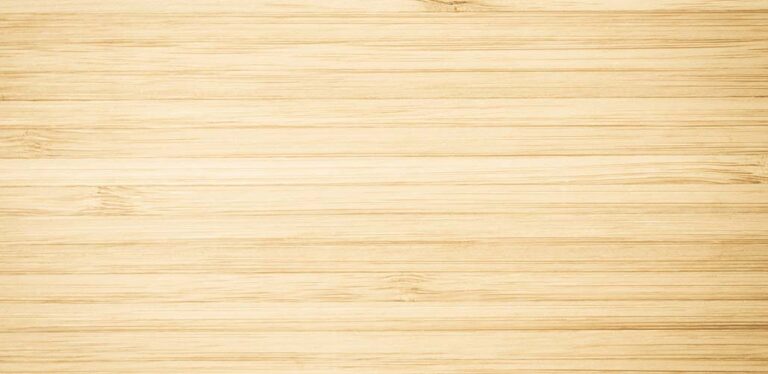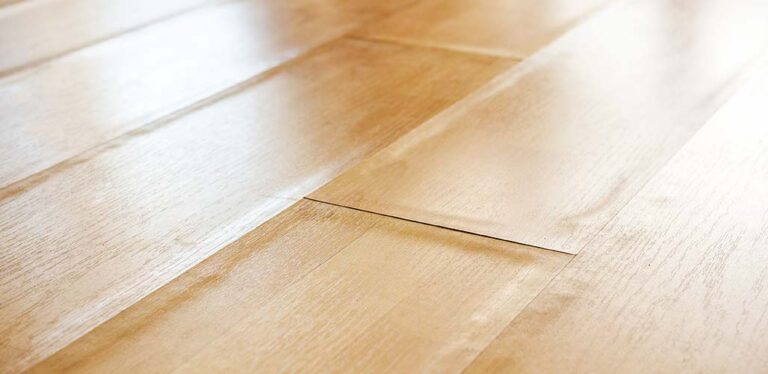Why Is Bamboo Flooring Good?
Why is bamboo flooring good? When I make home improvements, it’s not just how materials look that I think about anymore. Like lots of people, I want my choices to be environmentally responsible, as well as beautiful, practical, and (of course) affordable. Bamboo flooring checks all those boxes for lots of rooms, with still more advantages besides. But there are some important caveats too, so here is my complete, balanced review of when and why bamboo flooring is a great choice!
Contents
- Why is bamboo flooring good?
- The advantages of bamboo flooring
- Why is bamboo flooring good for the environment?
- The disadvantages of bamboo flooring
Why is bamboo flooring good?
Bamboo flooring has been on the rise for many years, largely thanks to eco-conscious homeowners wanting to make less of an environmental footprint on the world. After all, bamboo is grass, and if you’ve ever had any in your yard, you’ll know it grows back at the speed of light. Well, maybe not the speed of light, but it does grow extremely quickly, especially compared to hardwoods which dominated the flooring market before. So it is an excellent renewable choice for flooring.
As with all flooring materials, however, bamboo does have its downfalls. But in our opinion, the advantages make it worthy of serious consideration. This article is going to go into all of the advantages of bamboo flooring, as well as noting the disadvantages, so you know what to expect if you head down the bamboo flooring route.
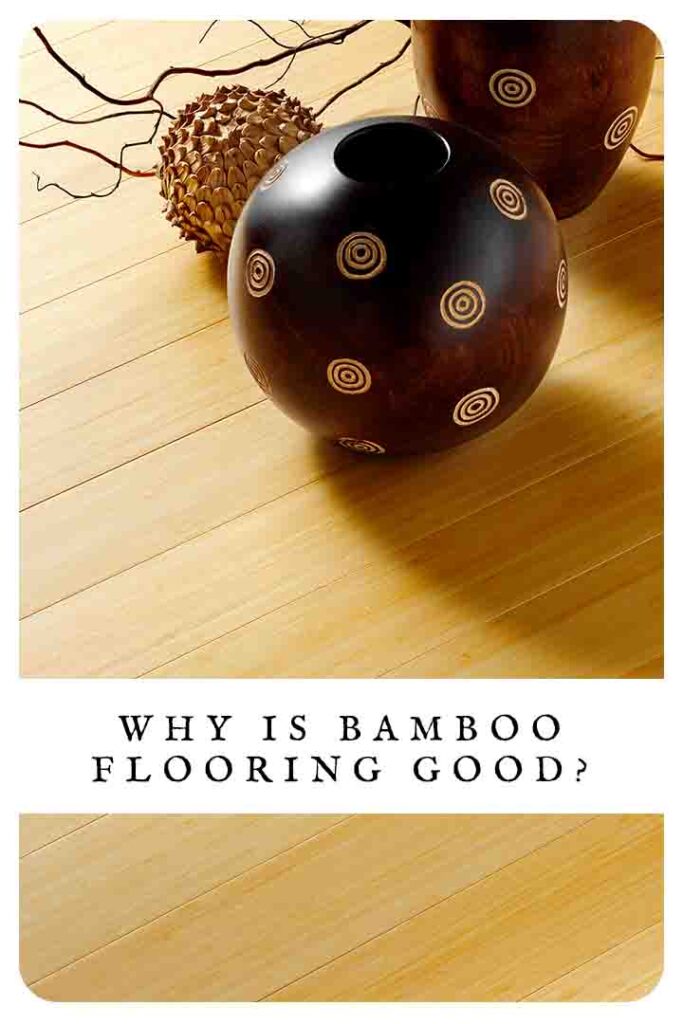
The advantages of bamboo flooring
Bamboo floors are:
- Environmentally friendly
- Easy to install
- Easy to maintain
- Durable
- Affordable
- Versatile
Bamboo flooring predominantly seems to appeal to consumers on a budget and homeowners who want to keep their homes as green as possible. But, it has a range of other benefits which we think will hold a wider appeal to anyone looking to change up their flooring.
Why is bamboo flooring good for the environment?
Of course, one of the biggest benefits, and the reason why so many people opt for bamboo flooring in the first place, is that it is extremely environmentally friendly. Oak or hickory trees, for example, need to grow for around 20 years in order to be mature enough for harvesting. And once these trees are felled, they don’t regrow.
Bamboo on the other hand, is ready in less than half that time. Better still, once the mature canes have been harvested, the plant will regenerate vigorously from the base and continue to grow. This means bamboo is an exceptionally renewable and sustainable natural resource. Since it’s very light, shipping and transporting it also has a lower carbon footprint than traditional hardwood and softwood flooring options.
Bamboo flooring is easy to install
Bamboo flooring is easy to install, meaning even those not overly skilled in the DIY department can still lay their own flooring – if they choose to, that is. It’s slightly flexible, and easily cut, which makes it relatively easy to work with. You’ll find that bamboo comes in either solid wood planks with tongue-and-grooves that you blind-nail to the subfloor, or bonded to a surface veneer that click-locks in place. The latter is the easier installation method of the two, but there is nothing a quick How-To video wouldn’t teach you about how to install tongue-and-groove planks.
Bamboo is easy to maintain
Your floor is the biggest surface area in your house, and if you don’t want to spend hours every week maintaining it, then you need flooring that is easy to look after. Bamboo is a relatively easy maintenance option, because simply sweeping and vacuuming will remove any debris or dirt from the surface. You may need to give it an occasional cleanse with a bamboo floor cleaner, but this is a once-in-a-while job and doesn’t require much elbow grease.
Like all hard floors, bamboo is a practical choice for people with allergies because it is much easier to completely remove dust, dander, pollen and other allergens from hard surfaces than carpets.
Bamboo is durable
Your floor receives the most traffic out of anything in your home, especially in areas like the living room, kitchen, and hallways. Bamboo is abrasion-resistant, high-quality, and excellent for busy homes. Its hardness and durability is comparable to oak flooring.
For very high-traffic areas, look for strand woven bamboo flooring. In strand woven bamboo the plant fibers are split apart and then recompressed with resin, which makes them three times stronger than regular bamboo flooring.
Affordability
Since it’s rapidly renewable and relatively cheap to transport, bamboo is among the cheapest natural flooring options available. This makes it a realistic choice for people on a tight budget.
Versatility
You obviously want your flooring to complement your decor, and bamboo flooring comes in a range of different colors. Besides colors, you can also choose between different grains, depending how the bamboo was cut, or whether it was strand woven. In your home, bamboo flooring can be laid in wide, medium or narrow planks, and even in parquet blocks. So, there’s a bamboo floor for everyone!
The disadvantages of bamboo flooring
As we mentioned previously, bamboo flooring, like all flooring, also has some shortcomings in the wrong setting.
- It doesn’t look right everywhere
- Prone to scratches
- Not waterproof
- Affected by humidity and sunlight
It doesn’t look right everywhere
Although bamboo flooring comes in a variety of colors and styles, it’s almost always pretty distinctive and recognizable. Its appearance very much suits homes with a contemporary or Scandinavian aesthetic. But for some people, it simply won’t blend in with their home, suit their tastes, or look quite right. This is true of all floors though!
It is prone to scratches
Bamboo flooring is hard wearing and durable in the long term, but its surface may scratch easily at first. All wooden floors get harder over time as footfall compresses the fibers. Some homeowners don’t mind a few bumps and scratches on their natural floors, since they tell the story of a home well lived in. But if you’d like your floor to look immaculate for as long as possible, you’ll either need to be very careful, or opt for a strand woven bamboo floor.
Bamboo isn’t waterproof
Sadly, bamboo isn’t naturally a highly waterproof material. Water can cause it to warp, decay, or grow mold. Most bamboo floors are treated or coated to make them more water resistant, and strand woven bamboo flooring is most water resistant owing to how it has been processed. But shop carefully if you want a bamboo floor in your bathroom or kitchen, since not all options may be suitable.
Affected by humidity and sunlight
Bamboo flooring exposed to regular intense sunlight can become discolored. You can easily prevent this discoloration from happening by closing blinds on the days when the sun is shining.
Humidity is also another issue for bamboo flooring, as if you install bamboo in areas with high humidity, then the moisture can cause your planks to expand. On the other hand, if you install bamboo flooring in an area with low humidity, then the planks could shrink. Installing unsuitable bamboo flooring in areas with extremely low or high humidity can eventually cause your floors to crack, so that is something to think about.
Why is bamboo flooring good? Summary
Bamboo flooring isn’t perfect, but it has excellent potential in the right places as it is environmentally friendly, versatile, economical and durable. Just like any other flooring, it does have its downfalls, but you don’t need to be an environmentalist to see the huge benefits that come along with it. If you’ve been thinking about replacing your floorboards, you should definitely consider bamboo!
Let us know if you’re thinking about using bamboo flooring in the comments box down below! What is its main appeal to you?
More about bamboo floors
- Why do bamboo floors turn black?
- Help! My bamboo floor is separating!
- How to keep bamboo floors looking fresh
- What to do if your bamboo flooring is too slippery
References
Minke. Building with Bamboo: Design and Technology of a Sustainable Architecture. 2012.
Yadav & Mathur. Bamboo as a sustainable material in the construction industry: An overview. Materials Today. 2021.

